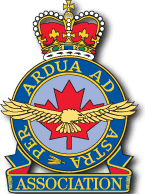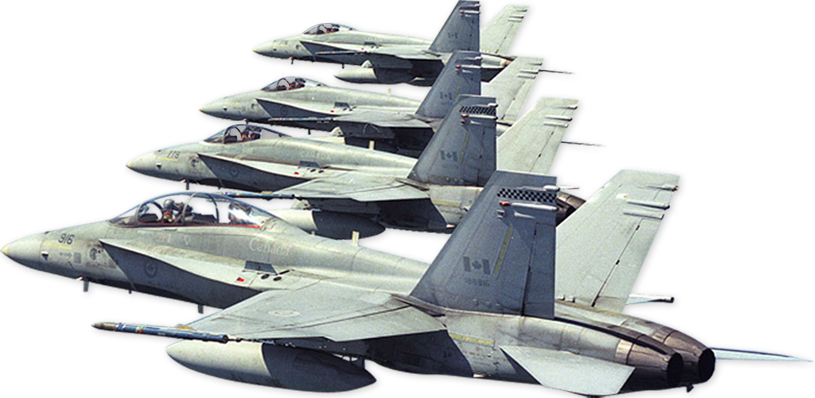The HMCS TORONTO HELAIRDET deployed on Op CARIBBE 10 Jan – 18 Feb 2011. The HELAIRDET was HMCS TORONTO’s eyes and ears over the horizon. Armed with legacy and prototype sensors, the Sea King and aircrews vastly improved the Recognized Maritime Picture with the aid of the new Augmented Surface Plot (ASP) in the hunt for narco-terrorists and drug smugglers. The use of this system, tested operationally for Op CARRIBE specifically, significantly increased ship-helo integration and real-time situational awareness. Her maintainers were also called upon several times to find creative solutions to keep the venerable Sea King operational. The HELAIRDET routinely flew two to three sorties per day, sanitizing the Caribbean Sea and clarifying the surface plot for the international anti-drug effort led by Joint Interagency Task Force (South)(JIATF(S)).
Of particular note, the HMCS TORONTO HELAIRDET was key to the interdiction of a go-fast loaded with 68 bales of cocaine weighing 1,650 kgs, estimated at a street value of $55 million CDN. Vectored to the go-fast during the hours of darkness by a strategic air asset leaving its station, the aircrew maintained visual contact, reporting the go-fast’s position and activities to HMCS TORONTO. Using an array of night vision equipment, the aircrew kept ‘eyes on’ the target under challenging night time conditions. Launched from HMCS TORONTO, the Rigid Hull Inflatable Boat (RHIB) encountered difficulty locating the go-fast given its low profile and the near-dark meteorological conditions. Unable to find their way through the darkness, the helicopter crew employed radio and visual signals to direct the RHIB alongside the go-fast. During the transit the RHIB lost communications with HMCS TORONTO so the helicopter crew immediately stepped in to provide a communications link between the two, ensuring the ship’s Command team and the United States Coast Guard Law Enforcement Detachment (USCG LED) were kept updated. The helo remained on station for a taxing 3.7 hour single sortie, providing over watch with its C6 door gun as the USCG LED took control of the vessel and crew. The cocaine-laden go-fast was then turned over to the Nicaraguan Navy in a historic cooperative multinational effort. Without the efforts of the Sea King crew, tracking of the go-fast would have been lost and the interdiction and control of the illicit cargo would not have been possible.








